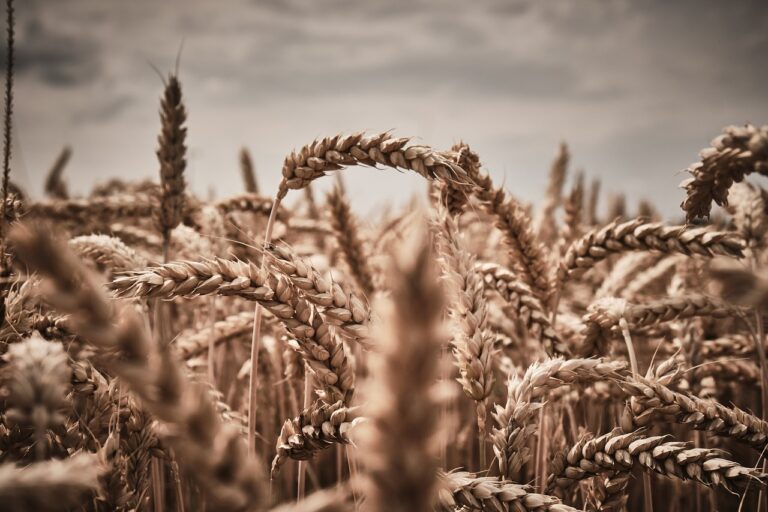The Art of Food Fermentation: Unlocking Flavor and Nutrition Through Preservation
Food fermentation is a process in which microorganisms, such as bacteria, yeast, or mold, are utilized to convert carbohydrates into alcohol or organic acids. This transformative process not only alters the flavor and texture of the food but also helps to increase its shelf life. Foods like yogurt, kimchi, sauerkraut, and kombucha are all examples of products that undergo fermentation.
The fermentation process can occur in both controlled environments, like fermentation tanks, or naturally, depending on the type of food being processed. The production of fermented foods involves various stages, such as preparation, fermentation, and storage, each crucial in determining the final characteristics of the product. Through fermentation, foods can develop complex flavors, enhance nutritional value, and contribute to the preservation of perishable ingredients.
The History of Food Preservation
Food preservation has been a fundamental practice throughout history. Early civilizations utilized various methods to prolong the shelf life of perishable foods. Methods such as drying, smoking, and salting were commonly used to preserve meats and fish.
In ancient times, pickling with salt or vinegar was a common method to preserve fruits and vegetables. The process of fermentation also played a significant role in food preservation, as it encouraged the growth of beneficial bacteria that slowed down food spoilage. These preservation techniques not only ensured a stable food supply during times of scarcity but also added unique flavors to the preserved foods.







